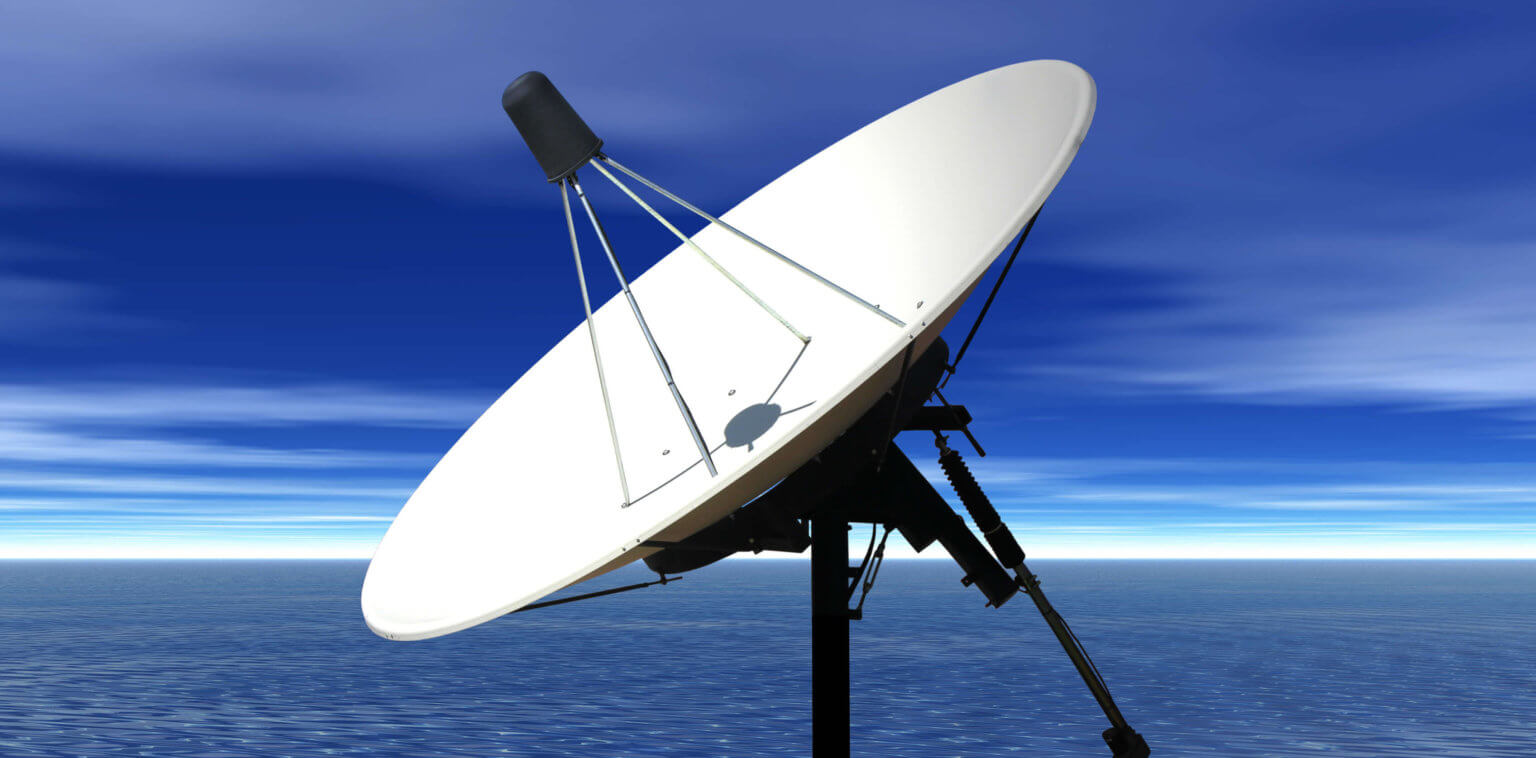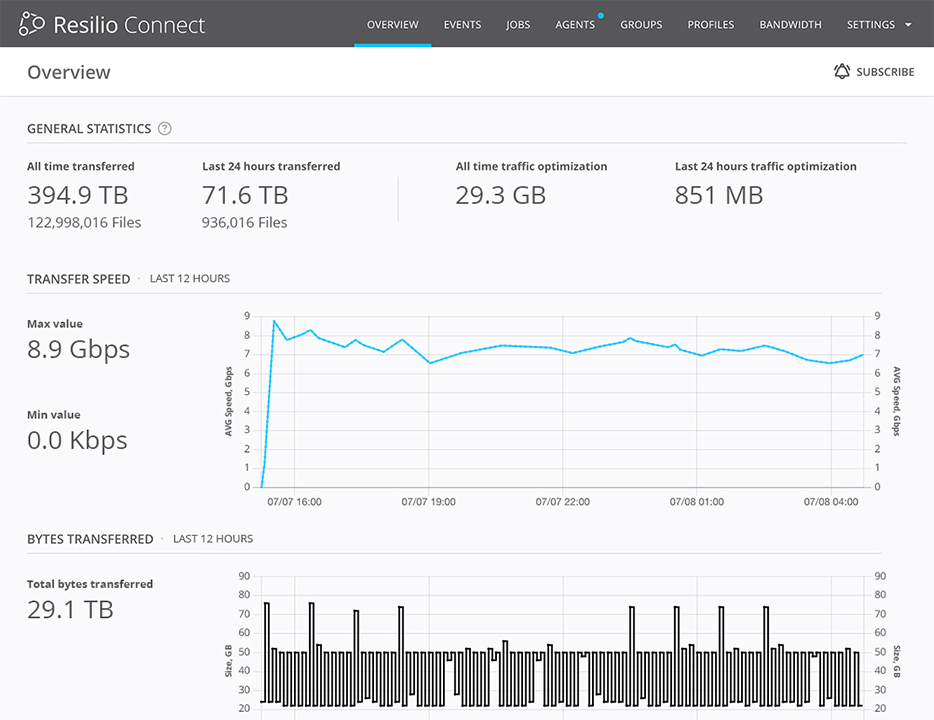What is satellite data?
Sometimes it seems physical telecom infrastructure—copper, fiber and the like—has extended to every corner of the planet. But there are still large areas beyond its reach. Many organizations and individuals operate in those remote locations or in highly mobile environments. Their basic connectivity relies heavily on satellite data.
Like its name suggests, satellite data is digital information that’s transmitted wirelessly between sophisticated devices via an earth-to-space Internet link. This VSAT Internet, as it’s often called today, has progressed by leaps and bounds ever since its underlying technology was first implemented in the 1960s.
However, with so many (literally) moving parts, sending or receiving large amounts of satellite data reliably and at high speed remains a huge challenge.
Who should and shouldn’t use satellite Internet?
If you have the choice between a terrestrial or satellite Internet connection, terrestrial is probably a safer satellite Internet option, since it can provide high-speed Internet compared to satellites’ slow speeds. Sometimes that’s not an option, though, and the decision is made for you. Here are some of the most common situations that offer few alternatives to satellite data transfer:
- Rural areas: Despite the delay, or latency, that affects satellite data, it’s vital for companies as well as consumers when terrestrial communications networks haven’t bridged the last mile.
- At sea: When you’re surrounded by hundreds of miles of ocean, it goes without saying that cabling and broadcast towers can be hard to come by to provide satellite Internet for boats or ships.
- On a plane: Although you’re airborne and traveling at high speed, this is similar to the need for leveraging satellite Internet in maritime scenarios.
- Mobile workforce: Road warriors and roaming users who are constantly in flux often rely on satellite Internet for their data transfer.
- Connected vehicles: For many of the same reasons as the human mobile workforce, vehicles with smart functionality access the Internet via satellite.
The pros and cons of satellite Internet service
As the use cases above make clear, the primary advantage of VSAT Internet is its availability. It provides a communication link to the outside world in even the most remote or dynamic conditions.
Unfortunately, it has serious limitations. Because of the distances the signals have to travel and all the potential obstacles in between, satellite data transfer provides very slow Internet speeds and limited satellite bandwidth.
Satellite Internet latency can be a significant problem. This can be a matter of only a second or two, but a delay on that scale can seriously affect real-time applications like video chats. Unlike terrestrial communications, minor changes in weather can have a massive impact on both the speed and latency of satellite data.
Because satellite networks are complex, satellite Internet providers such as HughesNet and Viasat often charge based on throughput. Which brings us to one of the most significant problems with satellite Internet for business, cost. The complex equipment (i.e., satellite dishes) and the metered, data-capped service is expensive.
How to improve data transfer over satellite
One way to overcome these issues with satellite Internet is simply to reduce your reliance on it. If other broadband options are available, you can make use of them to augment your satellite connection.
A more practical and cost-effective solution is to use specialized software that’s designed to work well with satellite technology’s deficiencies. Resilio Connect is a perfect example.
- Resilio Connect is built on top of the proven BitTorrent P2P file-sharing protocol. This resilient transfer protocol is able to overcome the latency and network failures that are common when using satellite data transfer.
- With VSAT Internet, interruptions are inevitable. Conventional sync solutions typically resume aborted transfers from scratch. Resilio Connect ensures that
Features like these have made Resilio Connect a top choice for satellite-dependent organizations and specialized use cases like ship-to-shore data replication. Take Ross Maritime, for example. Our enterprise software proved to be a secure, scalable, cross-platform synchronization solution that eliminated the inefficiency of file transfer with USB sticks (read the case study here).
If your organization is currently held back by the slow upload and download speed, high latency and unpredictability of satellite data transfer, Resilio Connect could very well be the answer.
Learn more about Resilio Connect and how it can help you overcome your satellite data limitations. Or, schedule a demo or start a free trial to find out.






